Don't Want to Use the MIDI Interrupter/Fiber Optic Cable?
Here's a quick and dirty alternative to the somewhat expensive/fragile fiberoptic components. This allows you to send a signal from an Arduino, useful for testing with a fixed waveform 50 uS on time - 950 uS off time (or something of the sort). Or you've come up with your own MIDI device that you're not worried about getting zapped.
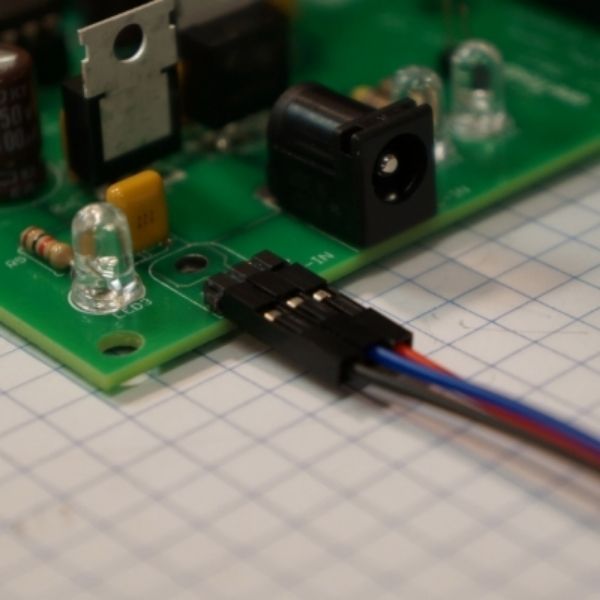
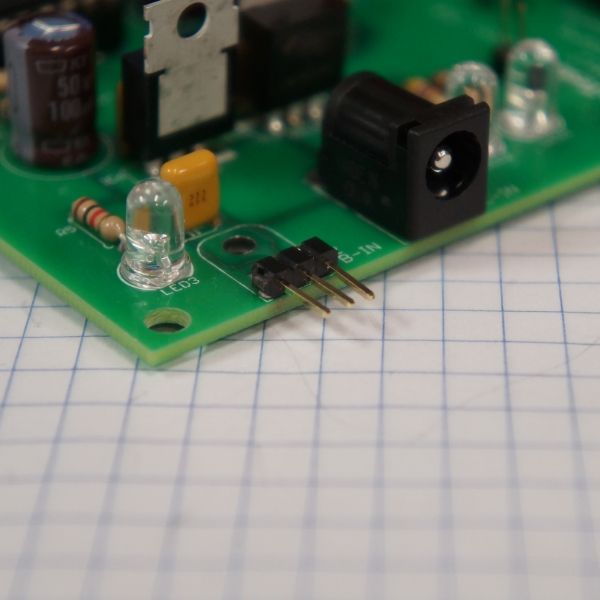
First you're going to need a right angle male break away header.
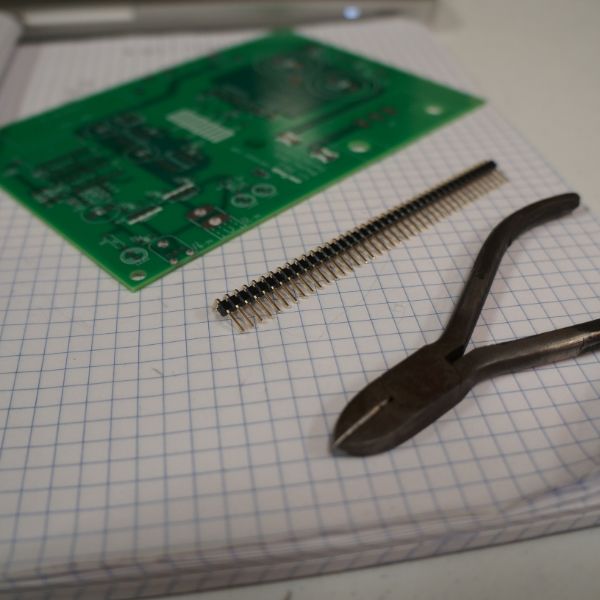
Then you'll need to clip off three positions. The three positions will breakout the through holes that would normally be occupied by the fiber optic receiver.

As you can see the spacing is wrong of the headers is wrong, too wide for the through holes of the fiber optic receiver.
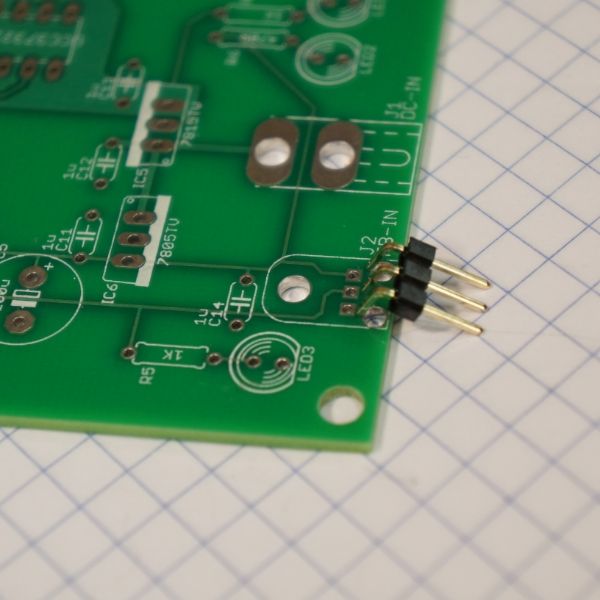
This is easily overcome by squishing the leads together (the shorter bent end) with a pair of pliers. This is most certainly just a guess and check procedure.
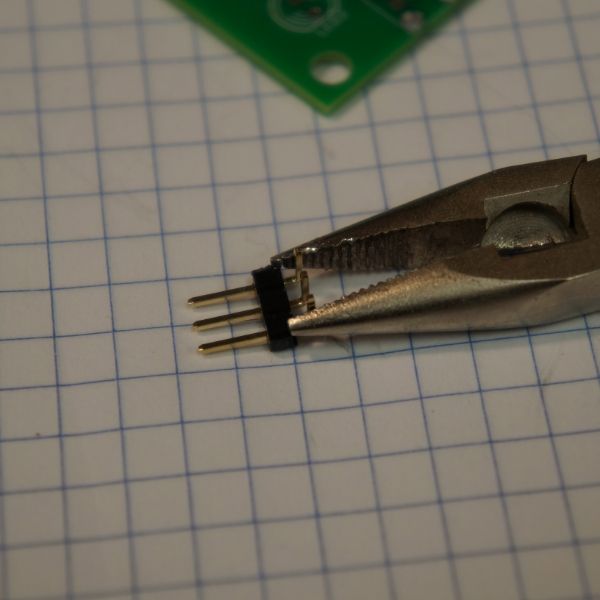
Then squish the header into the holes with the pliers, being careful not to damage the any traces underneath, and solder. Voilà !
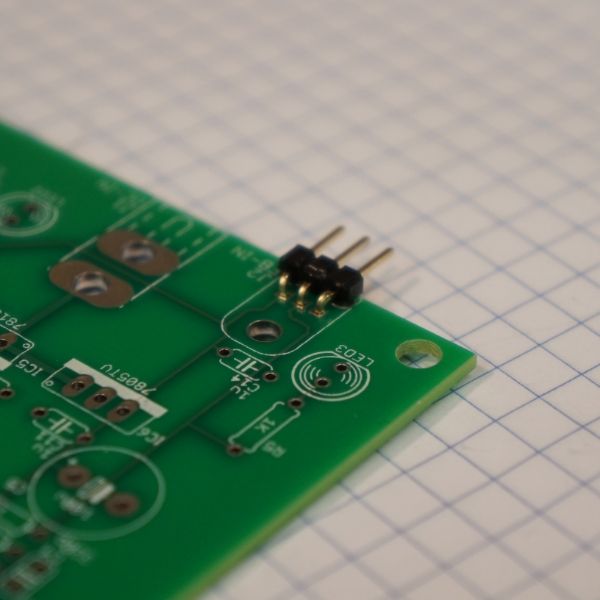
The red is 5V+ (not necessary to connect if your microcontroller has it's own power supply), the blue is the signal (be careful of what pulse width/duration you feed it!), the black is ground.



First you're going to need a right angle male break away header.

Then you'll need to clip off three positions. The three positions will breakout the through holes that would normally be occupied by the fiber optic receiver.

As you can see the spacing is wrong of the headers is wrong, too wide for the through holes of the fiber optic receiver.

This is easily overcome by squishing the leads together (the shorter bent end) with a pair of pliers. This is most certainly just a guess and check procedure.

Then squish the header into the holes with the pliers, being careful not to damage the any traces underneath, and solder. Voilà !

The red is 5V+ (not necessary to connect if your microcontroller has it's own power supply), the blue is the signal (be careful of what pulse width/duration you feed it!), the black is ground.
